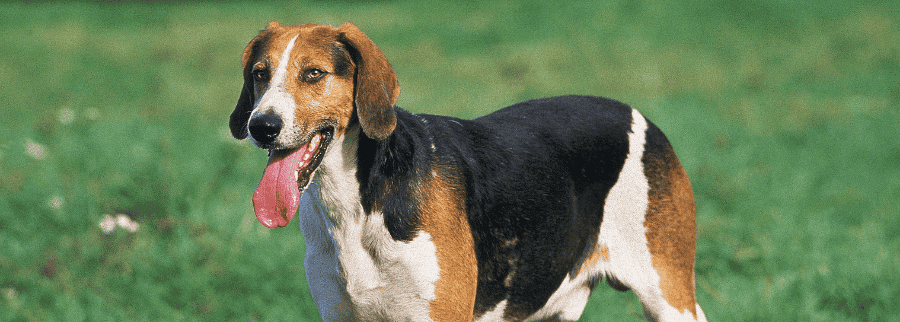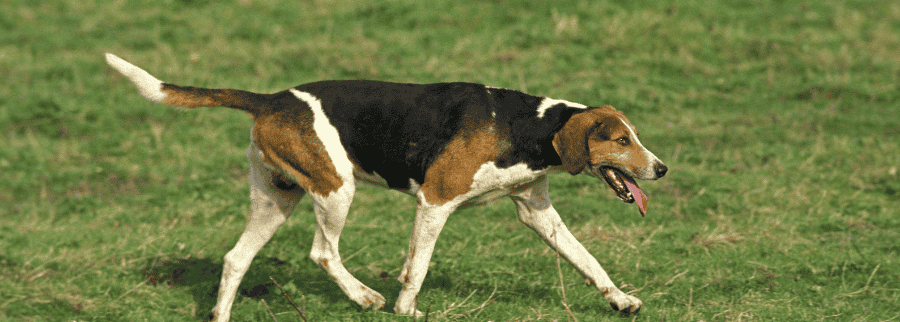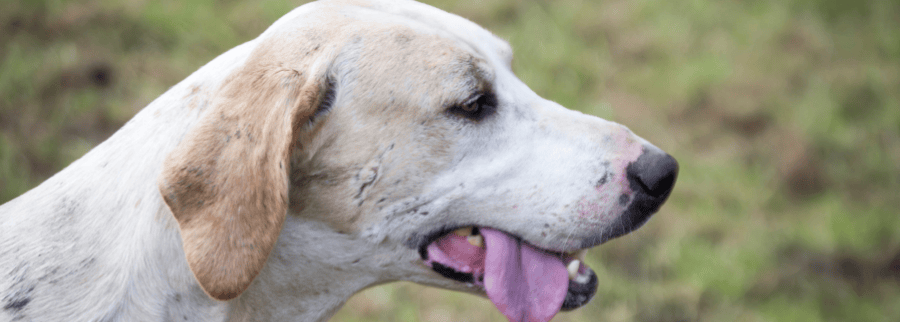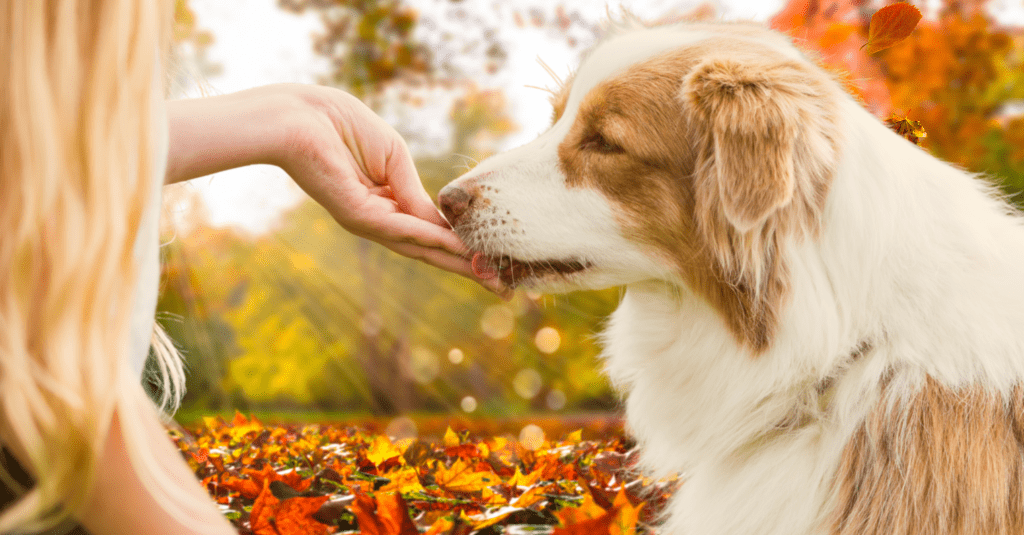






English Foxhound
 Overview
Overview
Overview of English FoxhoundM
In the 16th century, fox hunting really started to gain popularity with the British aristocracy when deer hunting (the former favorite pastime of the elite) started to decimate wild deer populations after centuries of hunting. The breeds traditionally used for hunting deer had neither the agility nor the stamina to chase foxes, so the English Foxhound was developed to step in. Many of these dogs were brought over to the U.S. as early as the 17th century to allow early settlers to continue hunting as a hobby. George Washington himself was involved in developing the leaner American Foxhound and the raccoon-hunting American English Coonhound, which quickly became more popular than their English ancestors. They were one of the first breeds to be recognized by the AKC in 1909. These days, the English Foxhound is more likely to be seen in the show ring or working as a hunting dog rather than kept as a family pet.
Common Health Conditions & Recommendations for English Foxhound
Kidney Failure:
Is a health issue that may be fatal for some English Foxhounds. A buildup of inflammatory proteins within the kidneys can impair proper functioning and may lead to organ failure.
Recommendations for Kidney Failure in English Foxhound Dogs:
Common Health Conditions & Recommendations for English Foxhound
Hip Dysplasia:
Like many medium-to-large breed dogs, one of the most common health issues is hip dysplasia - the hip socket may not form correctly and in some cases, may lead to arthritis in bones and joints.
Recommendations for Hip Dysplasia in English Foxhound Dogs:
Common Health Conditions & Recommendations for English Foxhound
Thrombocytopathy:
A disorder in which blood platelets are not able to perform correctly, resulting in difficulty forming clots. English Foxhounds are a breed that may be susceptible to this genetic condition. One of the first signs may be lameness after intense exercise due to bleeding within the muscles or joints.
Recommendations for Thrombocytopathy in English Foxhound Dogs:
 Personality
Personality

The English Foxhound is a clever, easy-going dog with a strong, wide back and neck and a powerful stride. This medium to large (55-75 lbs) pup gets along well with other dogs and children, but their prey drive remains high, so keep that in mind if you’re considering one of these majestic dogs and have other small pets in your home. English Foxhound puppies may be stubborn and should not be trusted off-leash since the sight or smell of another animal will quickly prove irresistible, and they may pursue this scent for hours on end. They require a minimum of 1-2 hours of exercise daily. True to hounds, the English Foxhound has a loud baying bark which can be an excellent deterrent for intruders but may not be the best choice for apartment living. A weekly brushing would be enough to keep your English Foxhound looking their best!



 CAD
CAD
 US Dollar
US Dollar


